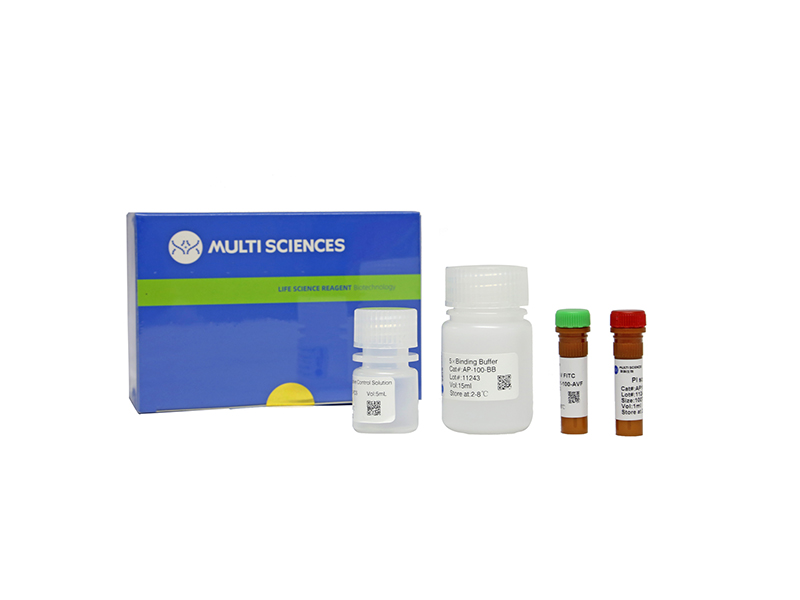Ochratoxin A (OTA) is a mycotoxin commonly found in several food commodities worldwide. OTA exposure was involved in the nephrotoxicity, hepatotoxicity as well as immunotoxicity in experimental model. Our previous study showed that the high level of OTA contamination in wheat might be related to the high incidence of gastric carcinoma in rural area of China. However, there were no available data regarding the gastric toxicity of OTA up to now. In the present study, we explored the toxicity of OTA in human gastric epithelium immortalized cells (GES-1) by analyzing the regulation of the cell cycle, apoptosis and its molecular mechanism. We found that OTA could induce GES-1 cells arrested in G(2)/M phase. Among these cycle-arrested cells, the proportion of cells in M phase was down-regulated after OTA treatment by the mitotic index and the level of phospho-histone H3. Thus, it was clear that OTA exerted a major influence on G(2) phase arrest instead of M phase. We further detected the expression of the key factors which are critical to the G(2)/M phase transmission such as Cdc25C, Cdc2 and cyclinB1. The cyclinB1-Cdc2 complex was reduced and the expression of Cdc25C, Cdc2 and cyclinB1 were significantly decreased by OTA treatment both at protein and mRNA level, respectively. Considering that the cells may undergo apoptosis or death due to the cell cycle arrest, so we next detected the apoptosis of cells by OTA treatment. The results confirmed that OTA did induce apoptosis of GES-1 cells and activate the cleavage of capase-3. In conclusion, cell apoptosis and G(2) phase arrest mediated by Cdc25C, Cdc2 and cyclinB1 may be the initiating event in the gastric toxicity of OTA.
文章引用产品
-
-
- AP101
- 凋亡试剂盒
Annexin V-FITC/PI Apoptosis Kit(适用于除C6以外的流式细胞仪)
-
¥630.00 – ¥1,280.00
-
- AP101
- 凋亡试剂盒
Annexin V-FITC/PI Apoptosis Kit(适用于除C6以外的流式细胞仪)
- ¥630.00 – ¥1,280.00



